NFT is a segment that is taking over the crypto world. Chainalysis has reported that most of the nonfungible token (NFT) transactions so far this year were from retail buyers. However, some of the big volumes were pushed by institutional investors and collectors.
Over 80% of all the nonfungible token (NFT) transactions were worth $10,000 and below this year based on data acquired from Chainalysis that categorized them as ‘retail’ in recent research. A December 6 report from the blockchain analytics firm titled “The 2021 NFT Market Explained” detailed NFT transaction trends throughout the year. Researchers at Chainalysis studied on-chain data between January and October 2021.
While the retail transactions were seen to account for over 80% of all the NFT transactions on all days this year, collector-sized transactions increased from 6% in March 2021 to 19% by October 31. That data proves that there is an increase in bigger collectors as the year progresses.
The institutional-sized transactions were believed to account for below 1% of all the transfers. However, they made up 26% of the real trading volume during the period. In most cases, a retail transaction is worth below $10,000while a collector-sized transaction ranges from $10,000 to $100,000. On the other hand, an institutional-sized transaction is worth over $100,000 according to different market studies.
Market Review
Market charts indicate the dominance of the retail transactions executed throughout the year from January to the end of October. Interestingly, there is a definitive uptick in the collector-sized transactions from the start of September.

The share of all the transfers was mainly dominated by retail investors. Nevertheless, the institutions and collectors dominated the NFT dollar-denominated transfer volume since March this year. Collector-sized transactions accounted for 63% of the volume while institution-sized transactions made up 26%. It means that the retailers took the remaining 11% of the volume for the time that the study was conducted.

Researchers contrasted the NFT space with the general crypto market, where retail transactions make up a smaller segment of the recorded transactions.
“The data shows that the NFT market is far more retail-driven than the traditional cryptocurrency market, where retail transactions make up a negligible share of all transaction volume.”
The earning potential that comes with NFTs was among the many factors that pushed crypto adoption this year. That is seen from the record $17.7 billion in NFT sales that are expected to happen by the end of this year.
In the last week, NFT sales surpassed $300 million, with around 25% of it coming from metaverse land purchases at The Sandbox. Moreover, there has been over $26.9 billion in crypto sent to ERC-1155 and ERC-721, which are the industry dominant Ethereum standards for nonfungible tokens, contracts through 2021, based on Chainalysis data.
Whitelisting An NFT Project Is Best For Profits
Despite the huge amount of money being spent on nonfungible tokens, the report said that:
“Just 28.5% of NFTs purchased during minting and then sold on the platform result in a profit.”
Chainalysis advises getting whitelisted to increase the chances of getting a profit from newly-minted NFT. Users that made the whitelist on a minting event on OpenSea gained a profit 75.7% of the time compared to the 20.8% who did that without bothering to get whitelisted.
“The data suggests it’s nearly impossible to achieve outsized returns on minting purchases without being whitelisted.”
Nevertheless, NFTs acquired on the secondary market after minting gains some profit 65.1% of the time, according to the report. Thus, if one cannot make the whitelist, it is advisable to wait for an NFT collection to reach the secondary marketplace instead of participating in a minting event.

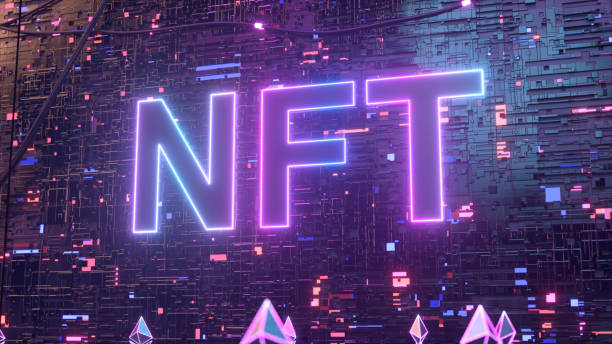
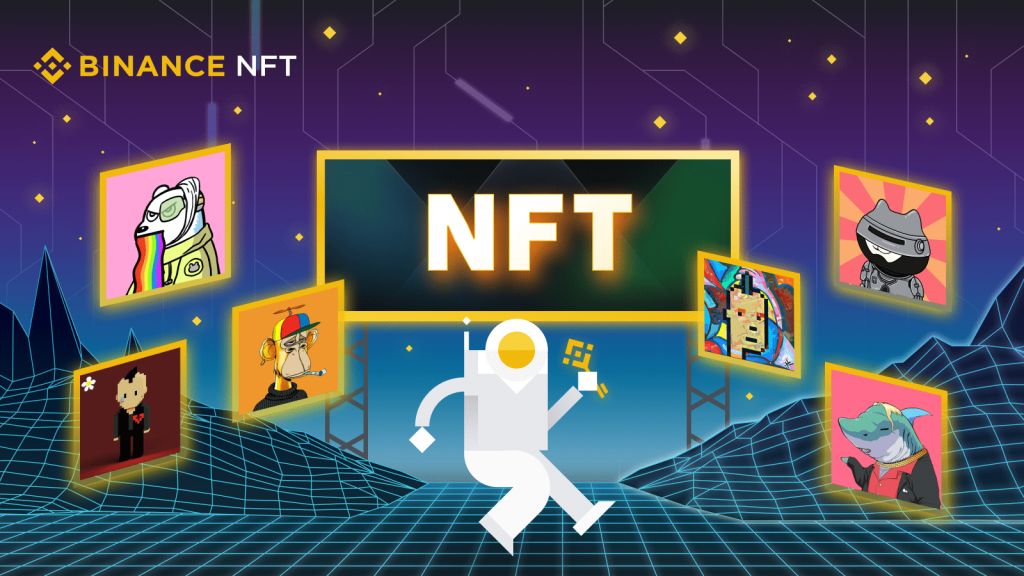
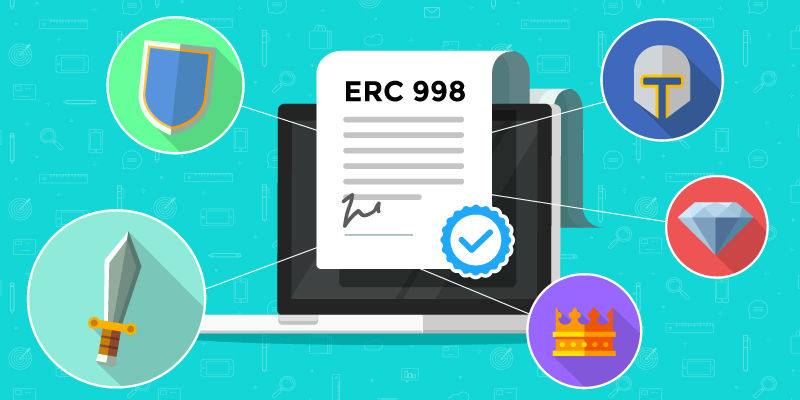
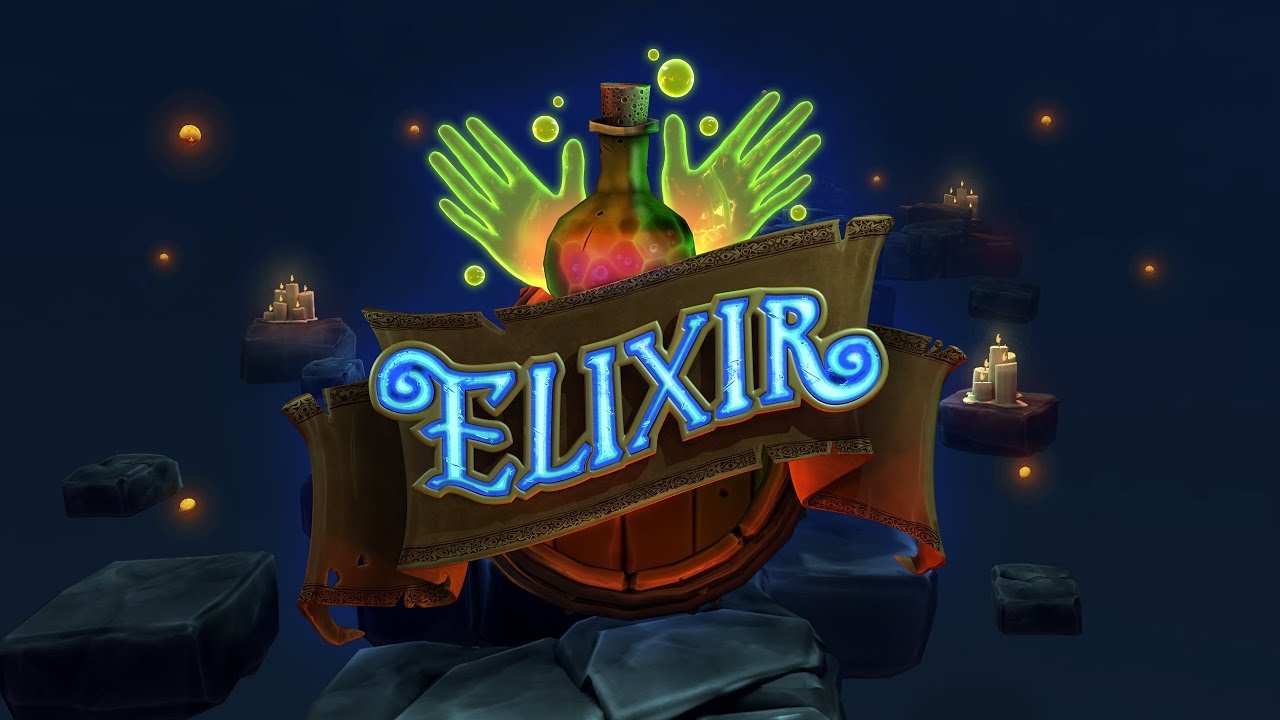
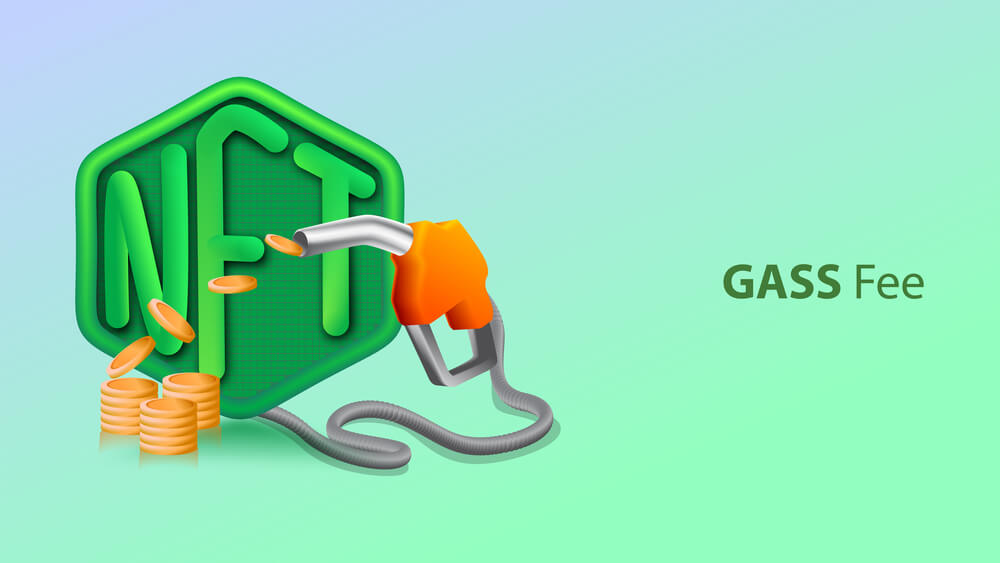
1 comment